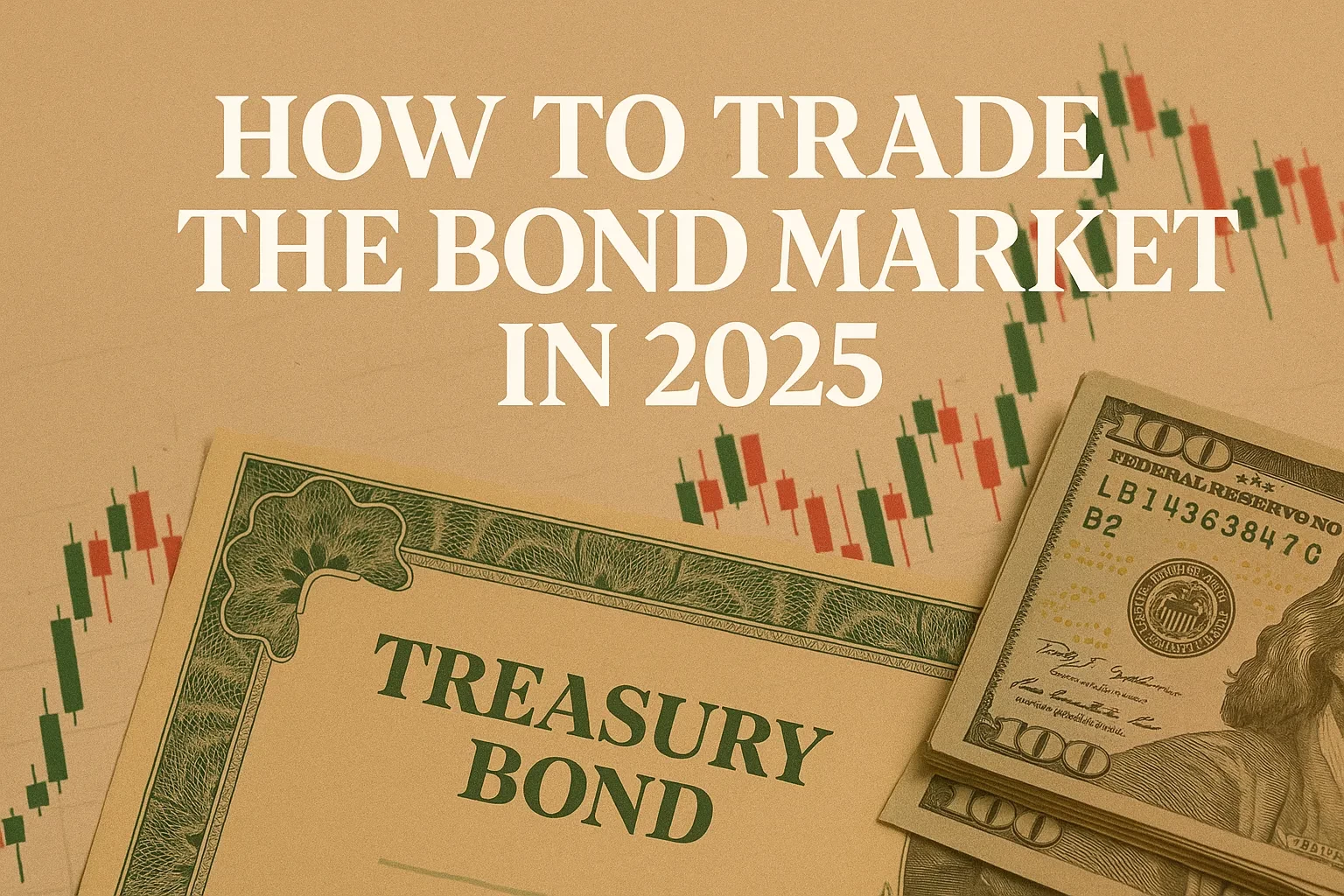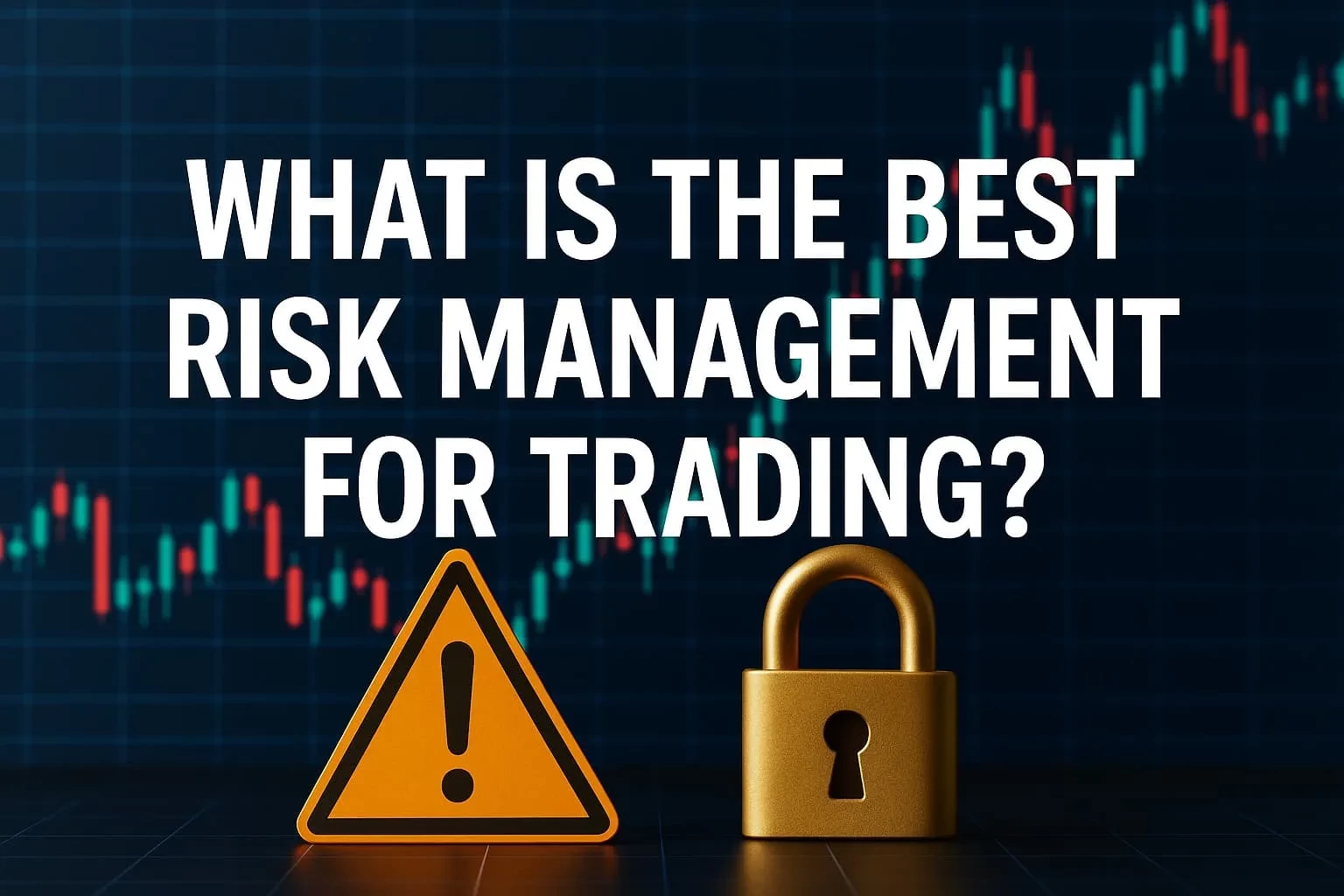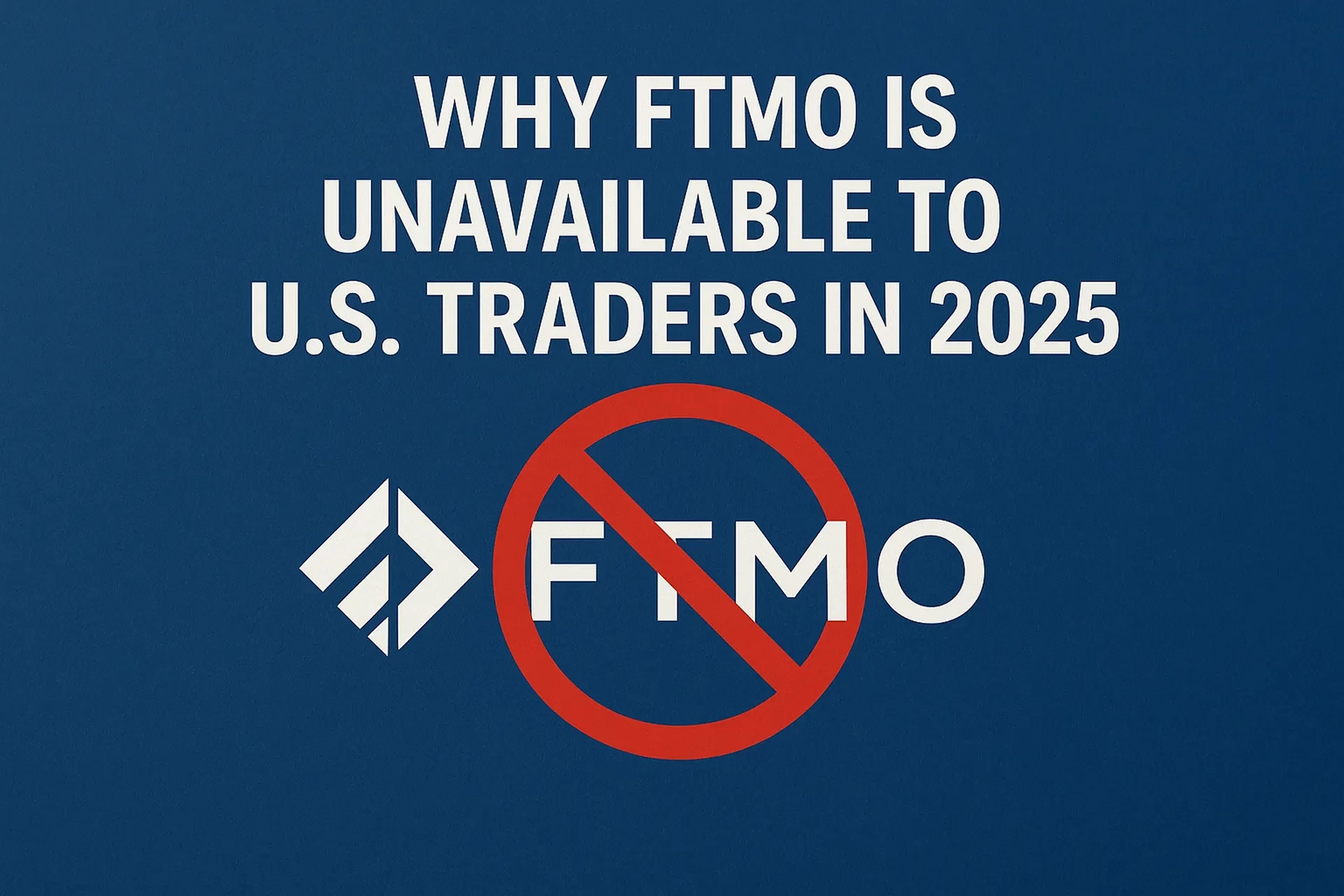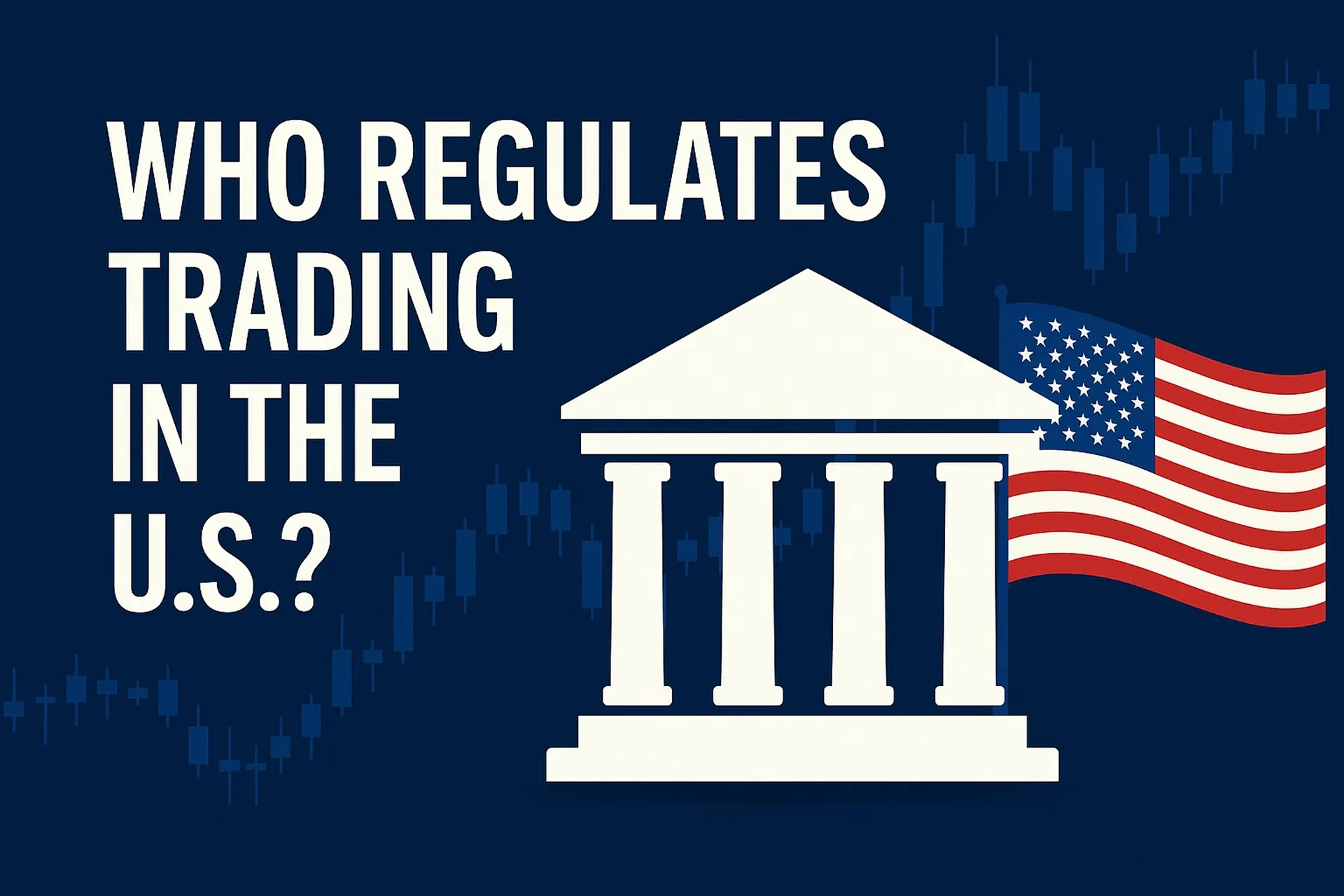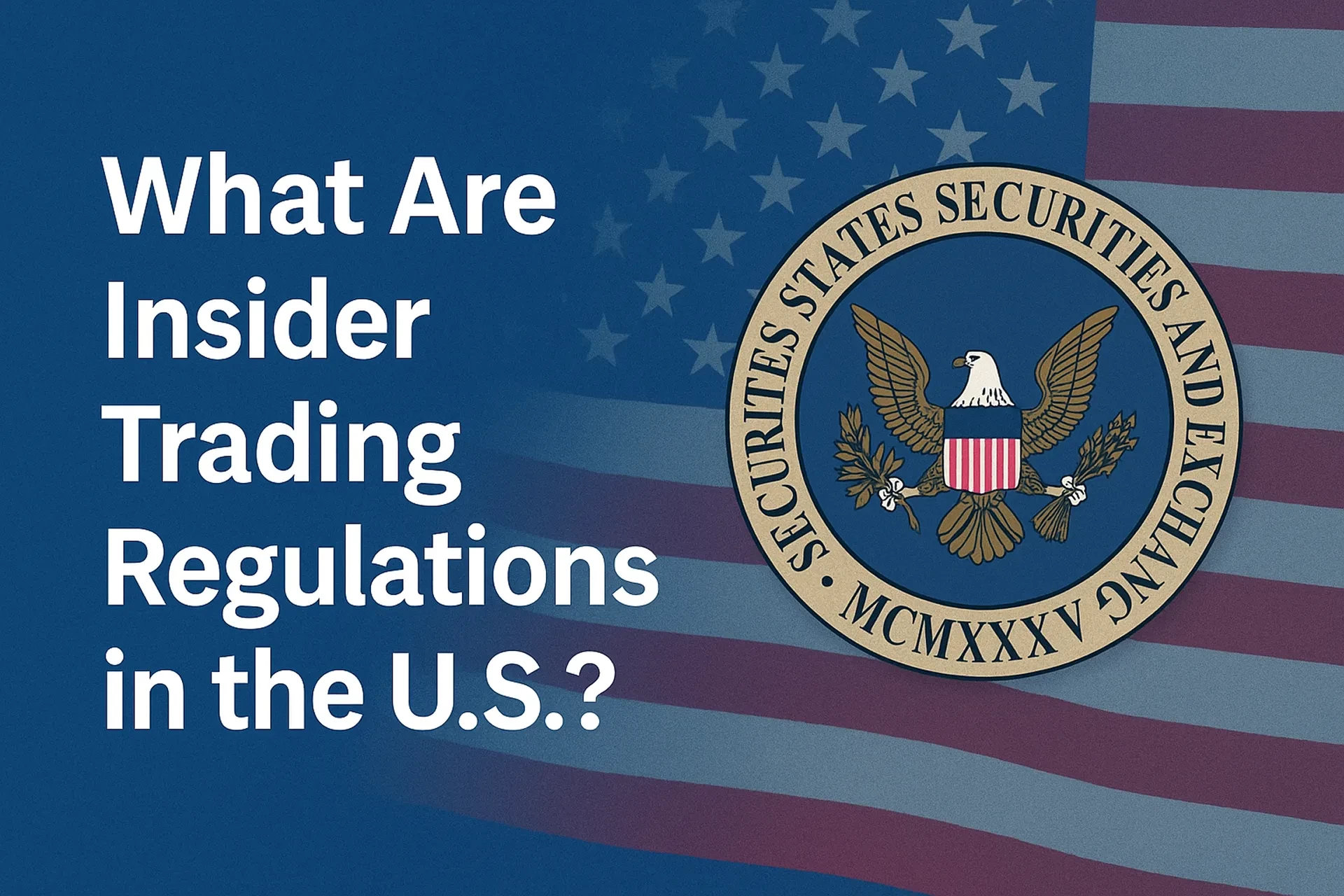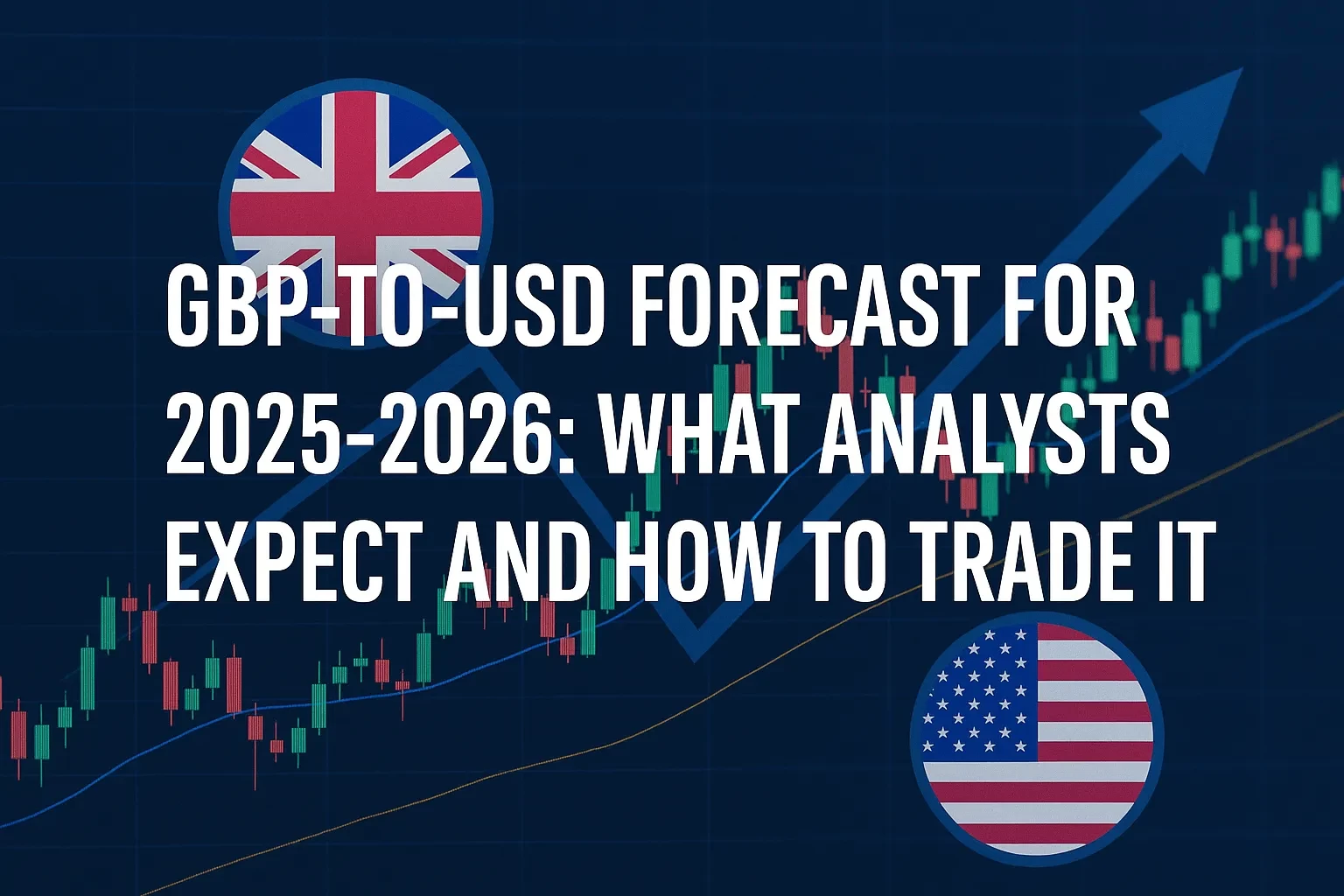Answer up front: Use a scaled, adaptive Kelly approach: estimate expected excess returns and the current cross-asset covariance matrix, compute the classic Kelly weights \(w^\*=\Sigma^{-1}\mu\), and scale them down to a risk target (e.g., 8–12% vol) with guardrails for tail risk and leverage. Re-estimate monthly and tighten scaling whenever cross-asset volatility or correlations spike (Federal Reserve, 2025; Cboe, 2025).
Disclosure: If this article links to brokers, data vendors, or tools, assume we may receive an affiliate commission. This never affects our analysis or recommendations (FTC-compliant disclosure).
Plain-English risk disclaimer: Trading and investing involve the risk of loss. Position-sizing frameworks like Kelly can over-allocate in the real world if inputs are wrong or markets change. No strategy guarantees profits. Retail self-directed traders frequently lose money; trade cautiously and size small (CFTC, 2024; NFA, 2024).
Table of Contents
Why this matters now
If 2022–2023 was about inflation shock, 2024–2025 is about regime dispersion: Treasury volatility remains elevated relative to history, liquidity in rates can deteriorate on macro surprises, and equity vol can decouple from rates as policy and growth signals diverge (Federal Reserve, 2025). Meanwhile, volatility products and tools (e.g., VIX research and decompositions) have matured, giving you better signals for when to reduce size even if your long-term edge is unchanged (Cboe, 2024; Cboe, 2025). In this environment, a fixed fraction of capital per trade is too blunt. You need position sizing that breathes with volatility and correlation across equities, bonds, and commodities (and optionally alternatives), while respecting U.S. compliance, disclosure, and retail-trader risk realities (SEC, 2024; CFTC/NFA, 2024–2025).
What we mean by “Adaptive Kelly”
Kelly criterion maximizes long-run log-growth by sizing in proportion to edge ÷ risk. In multi-asset form:
• \(\mu\): vector of expected excess returns (annualized, over cash).
• \(\Sigma\): covariance matrix of asset returns (annualized).
• Full Kelly weights: \(w^\* = \Sigma^{-1}\mu\)
In theory, this produces the growth-optimal portfolio, but in practice it’s too aggressive if your estimates are noisy or if volatility/correlations jump. Hence, Adaptive Kelly:
1. Compute \(w^\*=\Sigma^{-1}\mu\).
2. Scale down by a factor \(s\in(0,1)\) to hit a target portfolio volatility \(\sigma_{\text{target}}\) (e.g., 8–12%):
\(s=\frac{\sigma_{\text{target}}}{\sqrt{(w^\*)^\top \Sigma\, w^\*}}\quad;\quad w_{\text{risk-target}}=s\,w^\*\)
3. Apply guardrails:
• Cap net leverage (e.g., \(\sum |w_i|\) ≤ 1.0–1.5).
• Cap single-asset exposure (e.g., \(|w_i|\) ≤ 35%).
• Enforce max drawdown budget via an additional haircut \(h\) when realized drawdown > budget.
4. Adapt the scale \(s\) to regime:
• If cross-asset vol or correlations rise above 60-day medians, reduce \(s\) (e.g., multiply by \(\sqrt{\sigma_{\text{target}}/\sigma_{\text{now}}}\) and a correlation-shock penalty).
• If rates-vol spikes (as in several 2024–2025 episodes), lower size even for equity positions because correlations can jump toward 1 in stress (Federal Reserve, 2025).
Takeaway: Kelly tells you relative sizing from edge and covariance; Adaptive Kelly turns it into a risk-managed sizing rule for real markets.
Definitions & context (first principles, no jargon left unexplained)
• Excess return (\(\mu\)): Your expected return above risk-free cash (e.g., Treasury bills).
• Volatility (\(\sigma\)): Standard deviation of returns; higher means more variable outcomes.
• Covariance / correlation: How assets move together; high positive correlation reduces diversification power.
• Kelly fraction: The percent of capital Kelly says to allocate given your edge and risk; in multi-asset form, it’s a weight vector.
• Regime: A stretch of time with similar volatility/liquidity/correlation characteristics (e.g., calm vs. stressed).
• VIX: Option-implied 30-day equity volatility; useful but not sufficient—rates and commodity vol matter too (Cboe, 2024).
• Execution quality & best interest: U.S. rules emphasize transparent execution and broker duties to customers (SEC, 2024).
• Risk disclosures: U.S. derivatives rules require clear warnings to customers about losses, leverage, and suitability (CFTC/NFA, 2024–2025).
The Adaptive Kelly workflow (step-by-step)
1. Choose the investable set
Start with 3–5 liquid sleeves (e.g., U.S. equities, U.S. Treasuries, gold, broad commodities). More assets require better estimates.
2. Estimate expected excess returns \(\mu\)
Use conservative, cycle-aware forward returns (e.g., ERP models, carry/term-premia, momentum signals). Avoid cherry-picking.
3. Estimate the covariance matrix \(\Sigma\)
• Use exponentially weighted or shrinkage estimators over 1–3 years.
• Monitor current regime using realized and implied vol (e.g., VIX for equities; options-implied for rates/commodities). (Cboe, 2024; Federal Reserve, 2025)
4. Compute full-Kelly weights
\(w^\*=\Sigma^{-1}\mu\). Expect large notional exposures if your inputs imply strong edges or low covariances.
5. Scale to a risk target
Choose \(\sigma_{\text{target}}\) (e.g., 10% annualized). Scale weights by \(s=\sigma_{\text{target}}/\sigma(w^\*)\).
6. Apply guardrails
• Leverage cap (e.g., 1.0× or 1.5× gross).
• Single-sleeve cap (≤ 35%).
• Drawdown brake: If trailing drawdown > budget (say 10%), multiply all new trades by an extra haircut (e.g., 0.7) until recovery.
7. Regime adaptation
If 20-day realized portfolio vol or average pairwise correlation exceeds a 60-day median, shrink \(s\) by \(\sqrt{\sigma_{\text{target}}/\sigma_{\text{now}}}\) and apply a correlation penalty (e.g., multiply by 0.8). This acknowledges episodes like 2024–2025 in rates when volatility/liquidity worsened (Federal Reserve, 2025).
8. Execution & compliance hygiene
• Avoid over-concentration; size gradually.
• Use limit orders and check fills; the SEC’s 2024 execution disclosure enhancements stress measurable execution quality (SEC, 2024).
• Maintain risk disclosures and suitability checks per CFTC/NFA rules if you manage others’ money (CFTC, 2024; NFA, 2024–2025).
A practical 3-asset example (worked math)
Assets: U.S. equities (EQ), U.S. Treasuries (TY), Gold (AU)
Conservative inputs (annualized, excess over bills):
• Expected returns \(\mu=[5\%,\,1\%,\,3\%]\)
• Vols \(\sigma=[18\%,\,8\%,\,15\%]\)
• Correlations:
\(\rho_{\text{EQ,TY}}=-0.2\), \(\rho_{\text{EQ,AU}}=0.1\), \(\rho_{\text{TY,AU}}=0.0\)
From these, the covariance matrix \(\Sigma\) is:
\[ \Sigma=\begin{bmatrix} 0.0324 & -0.00288 & 0.00270\\ -0.00288 & 0.00640 & 0.00000\\ 0.00270 & 0.00000 & 0.02250 \end{bmatrix} \]
Full-Kelly weights: \(w^\*=\Sigma^{-1}\mu \approx [1.65,\;2.31,\;1.13]\) (very aggressive; ~37% vol and >5× gross exposure).
Risk-targeting to 10% vol: scale by \(s=0.267\) → \(w \approx [0.44,\;0.62,\;0.30]\) (≈1.36× gross).
If you cap gross at 1.0×, rescale proportionally → \([0.325,\;0.453,\;0.223]\).
Interpretation: Even when equities have the higher expected return, bonds still receive the largest weight because they diversify the portfolio and reduce \(\Sigma\)’s penalty. This is Kelly’s diversification math at work.
Why adapt? In weeks when rates volatility jumps (a documented 2025 concern), correlations can compress and \(\Sigma\) deteriorates; Adaptive Kelly cuts \(s\) proactively (Federal Reserve, 2025).
Pros, cons & how to mitigate the risks
Pros
• Principled sizing: Ties capital to edge and true portfolio risk.
• Diversification-aware: Uses correlations, not just single-asset vol.
• Compounding focus: Targets long-run growth rather than short-term hit rate.
Cons
• Estimation error: Small mistakes in \(\mu\) and \(\Sigma\) can over-size.
• Regime shifts: Correlations and vol move fast; yesterday’s \(\Sigma\) can be wrong.
• Operational risk: Execution slippage and leverage constraints reduce realized growth.
• Regulatory considerations: If you advise others, disclosures and suitability rules apply (SEC, 2024; CFTC/NFA, 2024–2025).
Mitigations
• Use fractional Kelly (e.g., 0.25×–0.5× of risk-targeted Kelly).
• Shrinkage estimators and rolling windows for \(\Sigma\).
• Volatility & correlation tripwires to auto-reduce size.
• Drawdown brakes and per-sleeve caps.
• Periodic model audits; compare expected vs. realized risk/return.
Common mistakes & expert tips
Mistakes
• Using trailing returns as \(\mu\). That bakes in recent noise.
• Ignoring cross-asset risk. Sizing each sleeve in isolation double-counts risk.
• Not scaling down. Full Kelly is almost never appropriate in live trading.
• Static sizing in a dynamic regime. 2024–2025 showed how quickly vol/liquidity can change (Federal Reserve, 2025).
Expert tips
• Edge humility: Start at 0.25× Adaptive Kelly; earn the right to size up.
• Include costs and slippage in \(\mu\).
• Stress test: Shock vol +50% and correlations to 0.7; ensure you still meet drawdown limits.
• Execution quality: Track fill slippage and routing—regulatory pushes highlight measurable execution quality (SEC, 2024).
• Education first: CFTC research shows many retail futures traders lose money; small, risk-managed sizing is essential (CFTC, 2024).
Compliance & U.S. regulators to know
• CFTC & NFA (derivatives/forex):
Updated risk disclosure expectations and compliance timelines (e.g., Reg. 1.55 amendments with a March 31, 2025 compliance date for certain disclosures). If you touch futures/forex, ensure customers receive and acknowledge risk statements (CFTC, 2024; NFA, 2024–2025).
• SEC (securities & brokers):
2024 rules enhance order execution disclosure—investors can better compare execution quality; Reg BI continues to govern broker recommendations (SEC, 2024).
• Market-risk monitoring:
Policymakers emphasize vigilance as episodes of elevated Treasury volatility and liquidity strains recur (Federal Reserve, 2025).
(This is not legal advice; consult counsel/compliance.)
One helpful table: Inputs → Outputs at a glance
| Component | What you use | Practical setting (example) |
|---|---|---|
| Expected returns \(\mu\) | Forward, conservative excess returns (carry, ERP, macro-aware) | EQ 5%, TY 1%, AU 3% |
| Covariance \(\Sigma\) | 1–3y rolling, EWMA + shrinkage | Refresh monthly; monitor 20–60d realized vol |
| Full Kelly \(w^\*\) | \(\Sigma^{-1}\mu\) | [1.65, 2.31, 1.13] (too aggressive) |
| Risk target \(s\) | \(\sigma_{\text{target}}=10\%\) | Scale to [0.44, 0.62, 0.30] |
| Guardrails | Gross ≤ 1.0×; sleeve ≤ 35% | Final [0.325, 0.453, 0.223] |
| Regime adaptation | Vol/corr tripwires | Shrink \(s\) when 20-day vol or avg corr > 60-day medians |
Takeaway: The heavy lift isn’t the matrix math—it’s conservative inputs, scaling, and automatic brakes.
FAQ (People Also Ask)
Conclusion & next steps
1. Prototype offline: Backtest your signals with the Adaptive Kelly stack: \(w^\*=\Sigma^{-1}\mu\) → scale to a 10% target → apply leverage/sleeve caps → add drawdown brake → add regime-vol correlation tripwires.
2. Validate robustness: Shock vol up 50% and push correlations toward 0.7; ensure the strategy respects a max drawdown you can live with.
3. Start small in production: Use 0.25×–0.5× of the risk-targeted Kelly until live results validate inputs.
4. Keep a compliance checklist: Risk disclosures, execution quality logs, and suitability notes if you work with clients.
5. Further learning:
• Beginner guide to position sizing → see your internal /guides/position-sizing
• Risk management for multi-asset portfolios → /guides/risk-management
• Primary sources below for volatility/regulatory context.



